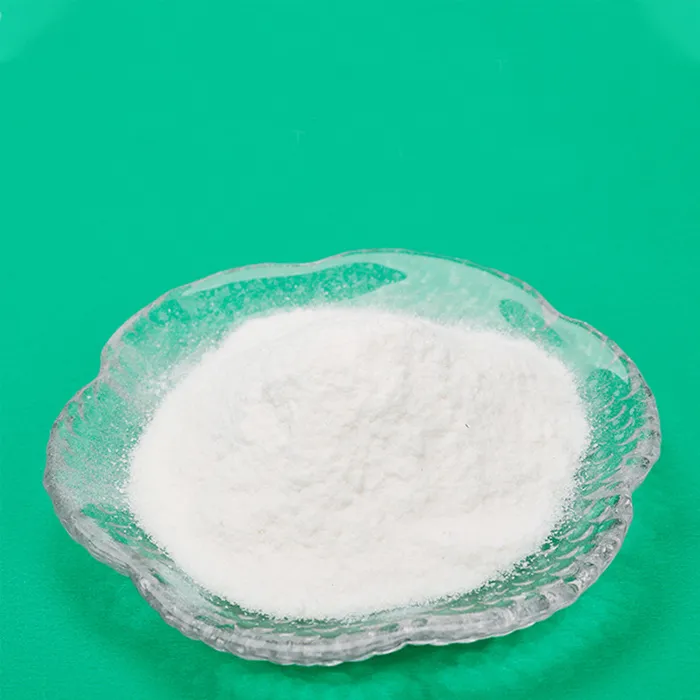Chemicals Used in Water Treatment Plants
Water treatment plants play a crucial role in ensuring the safety and cleanliness of our water supply. To achieve this, various chemicals are employed at different stages of the treatment process. These chemicals help in purifying water by removing contaminants, controlling odors, and preventing the growth of harmful microorganisms. Understanding the specific chemicals used in water treatment can help us appreciate the complexity and importance of this process.
Coagulants
One of the primary chemicals used in water treatment is coagulants. These substances aid in the coagulation process, where tiny particles in the water clump together into larger aggregates, making them easier to remove. The most commonly used coagulant is aluminum sulfate, also known as alum. When dissolved in water, alum neutralizes the charge on the particles, allowing them to stick together. Additionally, ferric chloride and polyaluminum chloride are also widely utilized as coagulants.
Flocculants
Following coagulation, the next step in the treatment process is flocculation. This is where flocculants come into play. Flocculants help to agglomerate the coagulated particles into larger masses called flocs, which can then be easily settled out of the water or filtered. Anionic and cationic polymers are common flocculants. These synthetic organic chemicals enhance the efficiency of the sedimentation process and improve the overall quality of the treated water.
Disinfectants
what chemicals are used in water treatment plants

Disinfection is a critical stage in water treatment, aimed at killing or inactivating harmful pathogens. Chlorine and chlorine compounds, such as sodium hypochlorite, are the most frequently used disinfectants. Chlorine is effective against bacteria, viruses, and other microorganisms, making it a staple in water treatment. However, the formation of disinfection by-products (DBPs) when chlorine reacts with organic matter is a concern, prompting some plants to explore alternatives like ozone and ultraviolet (UV) light. Ozone is a powerful oxidant that disinfects water without leaving harmful residues, while UV light effectively inactivates microorganisms by damaging their DNA.
pH Adjusters
Maintaining the appropriate pH level in the water is essential for effective treatment. Chemicals like sulfuric acid or sodium hydroxide are used as pH adjusters. Acidic or basic conditions can influence the efficiency of coagulants and disinfectants, and therefore, adjusting the pH is crucial for optimal performance. By ensuring that the water remains within a specific pH range, treatment plants can maximize the effectiveness of other chemicals and processes.
Corrosion Inhibitors
Corrosion inhibitors are added to treated water to prevent the degradation of pipes and infrastructure. Chemicals such as phosphates and silicates form protective layers on metal surfaces, reducing the likelihood of corrosion. This not only helps in maintaining the integrity of the water distribution system but also minimizes the leaching of metals like lead and copper into the treated water.
Conclusion
The utilization of chemicals in water treatment plants is vital for ensuring a safe and clean water supply. From coagulants and flocculants to disinfectants and pH adjusters, each chemical has a specific role in the treatment process. As the demand for clean water continues to rise, understanding the functions and effects of these chemicals becomes increasingly important. As technology advances, water treatment processes will continue to evolve, incorporating new methods and chemicals to meet the growing challenges of water quality and safety. This will undoubtedly enhance our ability to provide safe drinking water for all.

